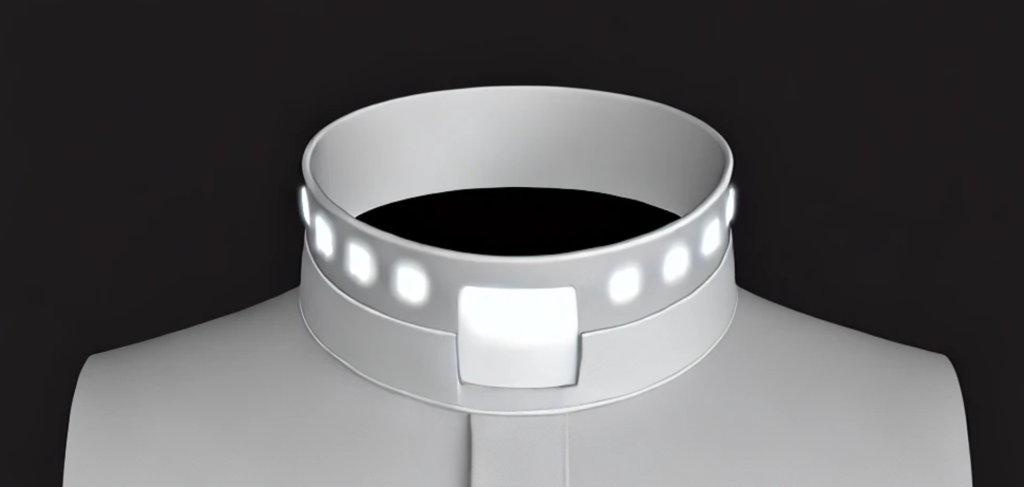The Weekly Leo XIV is a compilation of the Holy Father’s writings, speeches, etc., which I also cross-post on Jimmy Akin’s blog.
This version of The Weekly Leo covers material released in the last week, from 26 June 2025 to 6 July 2025.
Angelus
Speeches
- 26 June 2025 – To Participants in the Meeting of Priests promoted by the Dicastery for the Clergy
- 5 July 2025 – To the Augustinian Sisters, Servants of Jesus and Mary
- 5 July 2025 – To Teachers of Catholic Schools in Ireland, England, Wales, and Scotland; and to the Young People of the Diocese of Copenhagen

